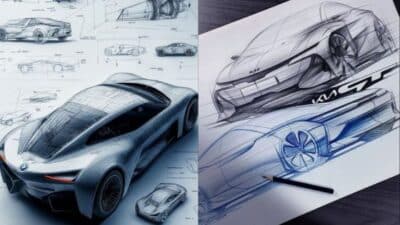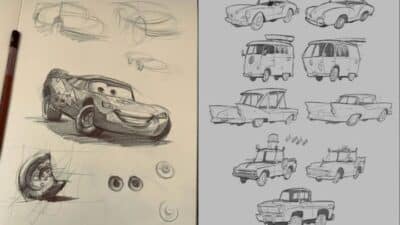Vintage automobile drawings capture the charm and style of cars from long ago. They show the design and craftsmanship that made these vehicles unique. People interested in cars or art often enjoy looking at these classic images.
This article shares 20 vintage automobile drawings that highlight the beauty and history of early car designs. Each drawing offers a glimpse into a time when cars looked very different from today’s models. These illustrations can inspire both car lovers and creative minds alike.
1) 1930 Ford Model A Artistic Sketch
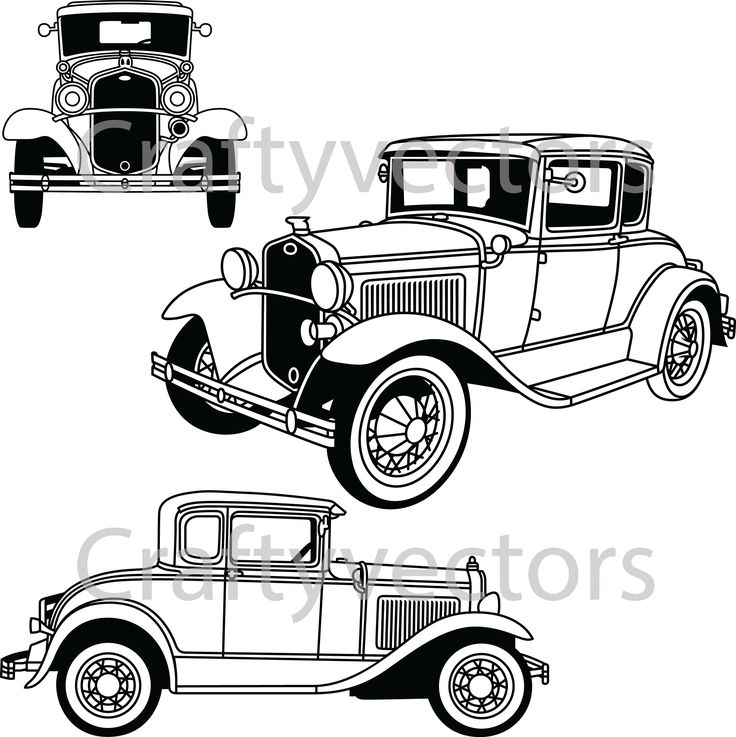

The 1930 Ford Model A is a popular subject for artists who enjoy vintage cars. Its classic shape and details make it a great choice for sketches. The design shows off the car’s wide fenders and deep radiator shell, which were new features in that year.
Many drawings capture the car’s charm with simple lines and shading. Artists often focus on the six different body styles Ford offered in 1930, giving each sketch a unique look. This model also has smaller wheels and larger tires that make it look lower and more balanced.
Sketches of the 1930 Ford Model A help people appreciate its history and style. These drawings often highlight the car’s clean curves without too much detail, making them easy to understand. Collectors and car fans enjoy these artistic sketches for their nostalgic feel.
2) Classic 1957 Chevrolet Bel Air Drawing
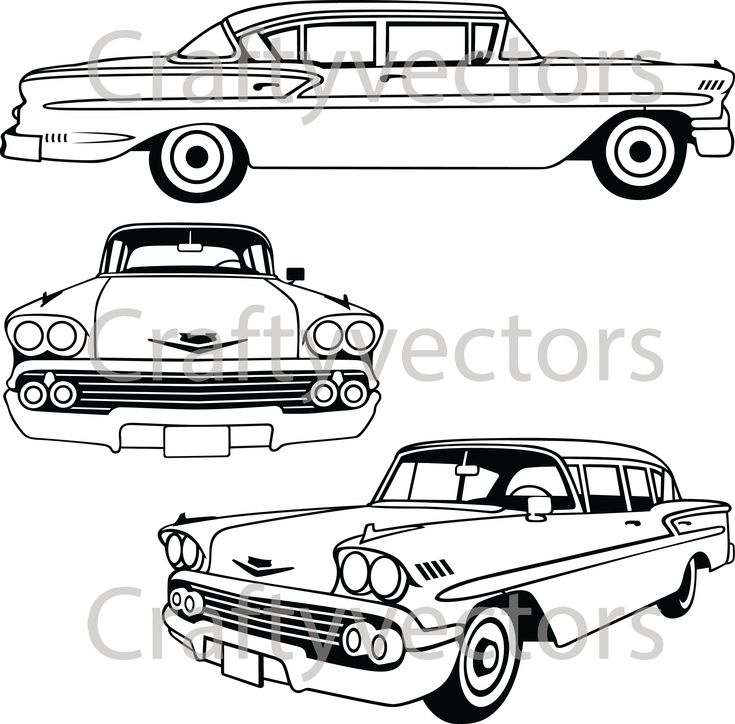
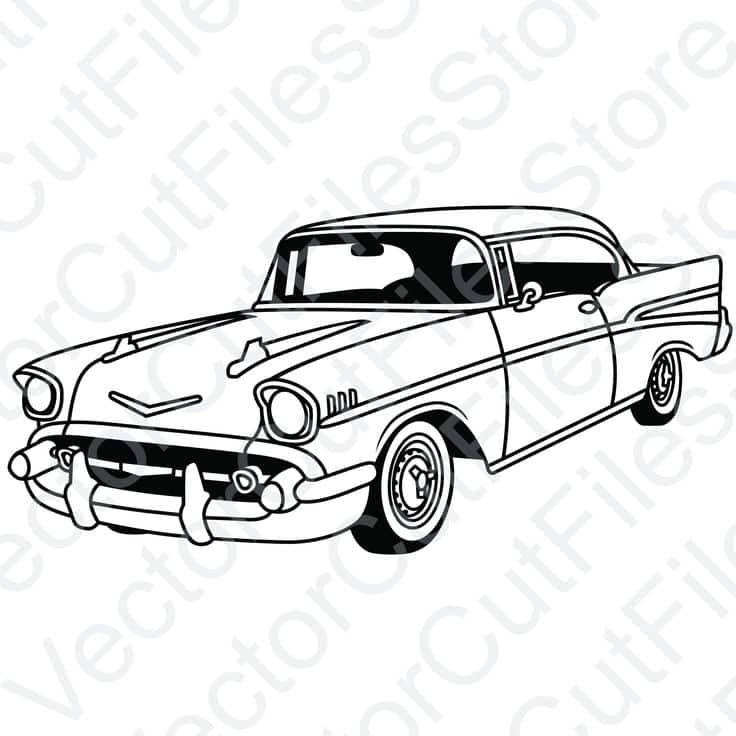
The 1957 Chevrolet Bel Air is a popular subject for vintage car drawings. Artists often capture its unique shape and stylish details. This car has iconic features like its tail fins and chrome accents, which make it stand out in sketches and paintings.
Many drawings show the Bel Air from different angles. Some focus on detailed pencil work to highlight the car’s shiny body and classic lines. Others use color to bring out its bright paint and vintage vibe.
This car is loved by both car fans and artists. Drawing a 1957 Chevy Bel Air can be a fun way to practice attention to detail. It also connects people with the history of classic American cars.
3) Hand-Drawn 1940s Rolls Royce Phantom
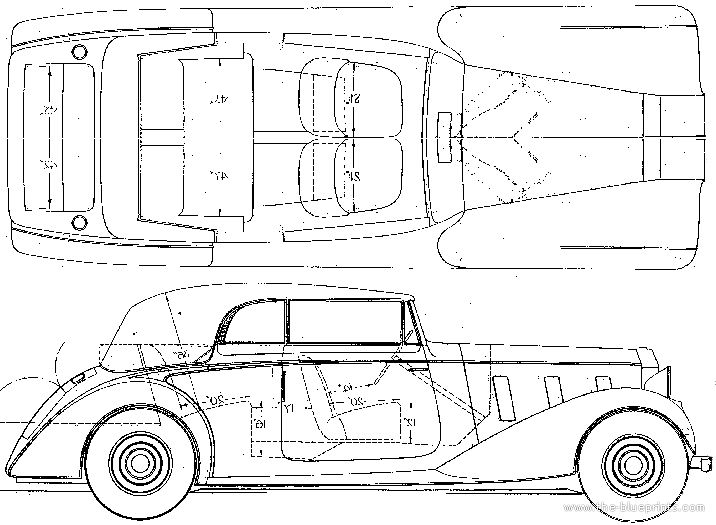
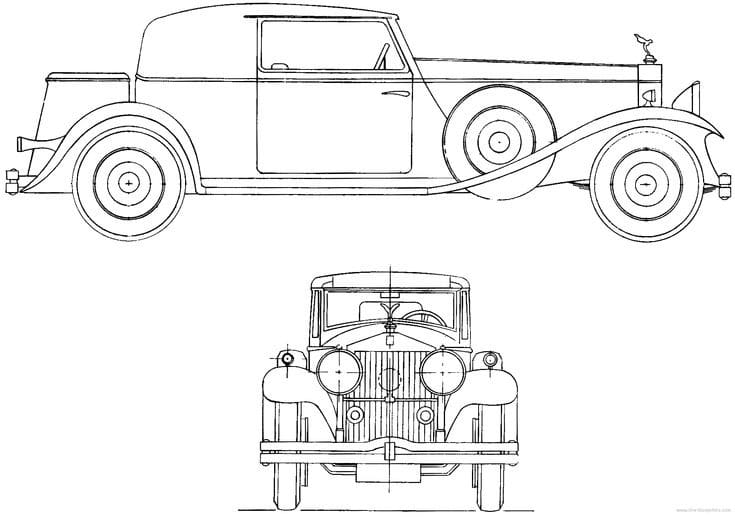
The hand-drawn images of the 1940s Rolls Royce Phantom show the car’s classic design in great detail. Artists focus on its long body, rounded edges, and elegant grille. These drawings capture the luxury and style that made the Phantom famous during this time.
The sketches often highlight the smooth curves and large headlights that stand out on the car. Some drawings also include the interior, showing the rich leather seats and polished wood inside. These details give a clear sense of how grand the vehicle looked.
Many of these drawings come from skilled illustrators who worked by hand long before digital art was common. They take time and care to create each line precisely. These drawings serve as a form of art and historical record for vintage car lovers.
4) Vintage 1920s Bugatti Type 35 Illustration
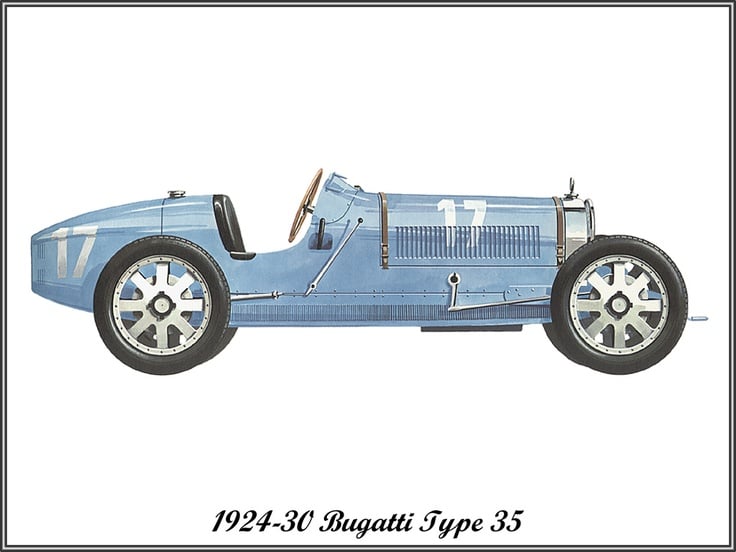
The Bugatti Type 35 is one of the most famous cars from the 1920s. It was known for its beautiful design and strong performance in races. The illustration shows its elegant shape and detailed features clearly.
This car was a big success on race tracks. It won many important races, including the Targa Florio several years in a row. The drawing captures its classic look, from the round headlights to the sleek body.
Artists often highlight the smooth curves and fine details of the Type 35. Its timeless style makes it a favorite subject for vintage car enthusiasts. The illustration helps people appreciate both its design and racing history.
Overall, the Bugatti Type 35 is more than just a car. It is a symbol of 1920s racing and craftsmanship. The illustration reminds viewers why this model is still admired today.
5) Detailed 1936 Mercedes-Benz 540K Sketch
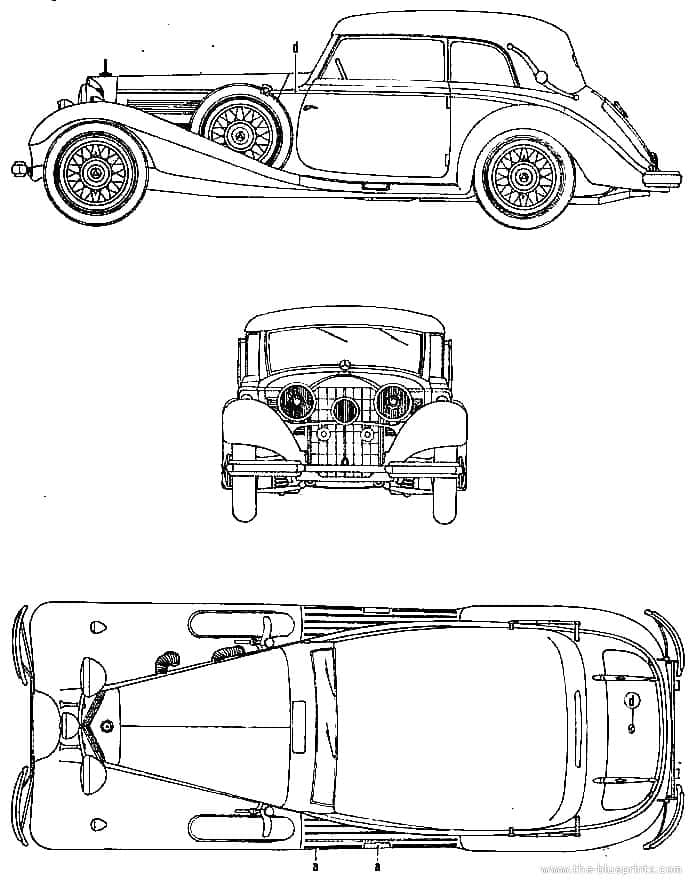
The 1936 Mercedes-Benz 540K sketch is a great example of vintage car design. It shows the car from different angles, including side, front, and top views. This helps to understand the shape and style of this classic automobile.
The sketch highlights the smooth curves and elegant lines that the 540K is known for. It also shows details like the large wheels and long hood. The car’s design was both stylish and powerful for its time.
Artists and car fans use these blueprints to study or recreate the 540K. The drawings are often in clean, precise lines, making it easy to see every part of the car. These sketches give a clear look at an important piece of automotive history.
6) Elegant 1950 Jaguar XK120 Outline
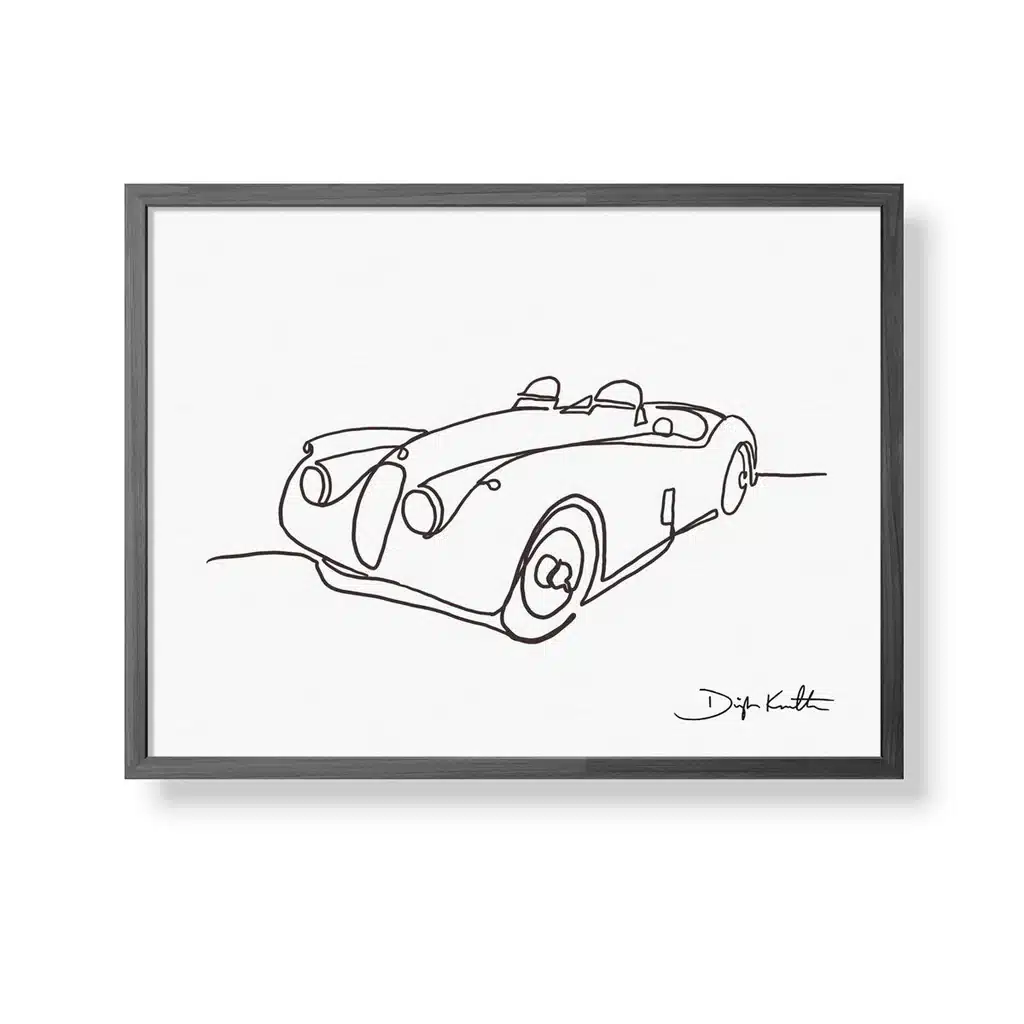
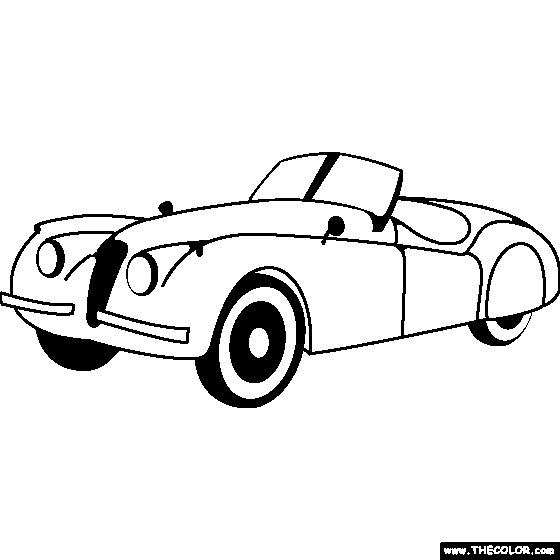
The 1950 Jaguar XK120 is a classic sports car with a smooth and stylish shape. It has clean lines that give it a timeless, elegant look. The car’s design is simple but graceful, making it stand out among other vintage cars.
Its body was made with curves that flow from front to back. This helped reduce air resistance while giving it a sleek appearance. The XK120 was one of the fastest cars in its time, thanks to this design and its powerful engine.
The car features a long hood and a compact passenger area, typical of classic roadsters. This layout adds to its sporty yet refined feel. The outline of the XK120 captures a perfect mix of speed and charm.
Many artists and car lovers enjoy drawing the XK120 because of its balance between beauty and performance. Its shape remains a favorite subject in vintage car collections and sketches.
7) Retro 1960s Cadillac Eldorado Art
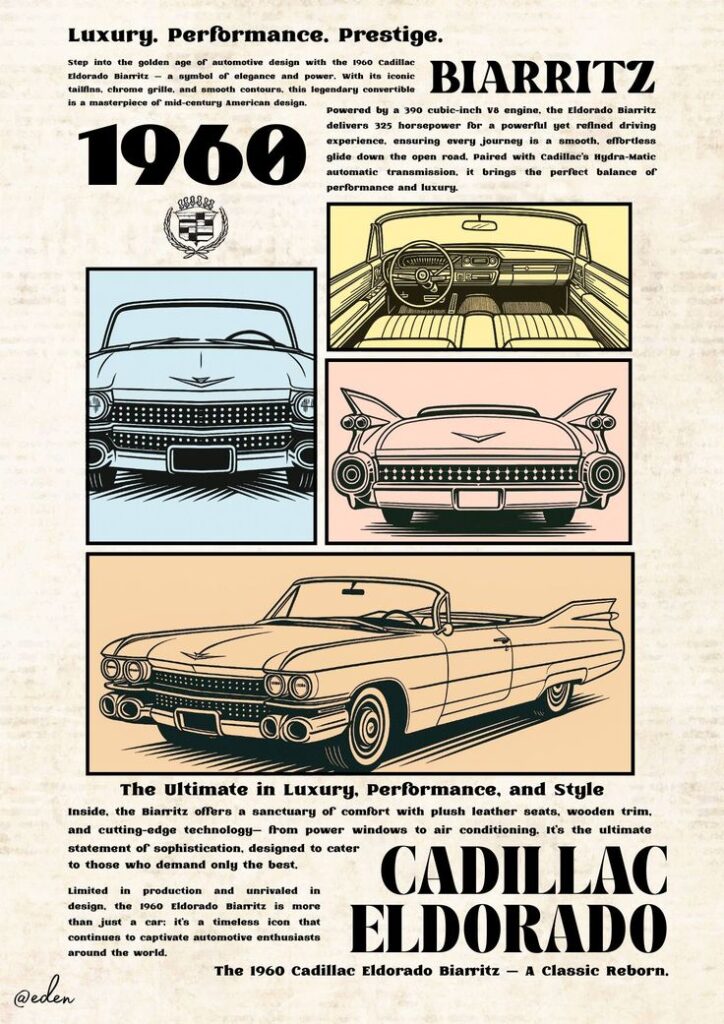
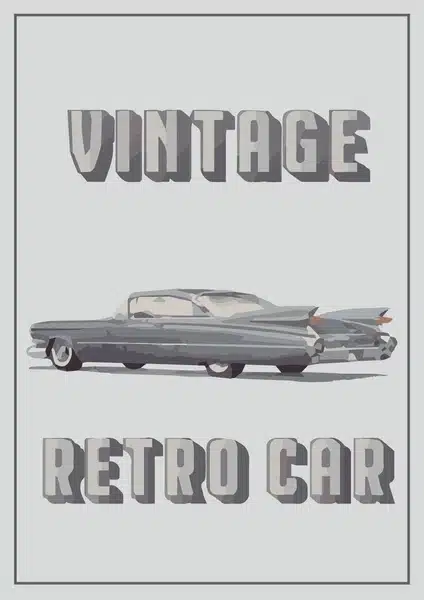
The 1960s Cadillac Eldorado is a popular subject for vintage car art. Many artists enjoy capturing its sleek lines and classic style. These drawings often highlight the Eldorado’s long, elegant body and unique details.
Some artists use ink, colored pencils, or pastels to bring the car to life. They may add bright colors or focus on shading to show the car’s shape. This variety shows how the Eldorado can inspire different artistic styles.
Collectors and fans often look for these artworks to celebrate car culture from the 1960s. Many drawings are available as prints or originals and can add a cool retro vibe to any room. The Eldorado’s design is still admired for its beauty and flair.
Art platforms like Etsy, Pinterest, and art galleries often feature these vintage car drawings. They offer a mix of handmade and digital art, making it easy to find a style that fits personal taste. The 1960s Cadillac Eldorado remains a favorite among retro car enthusiasts.
8) Blueprint of a 1929 Packard Six
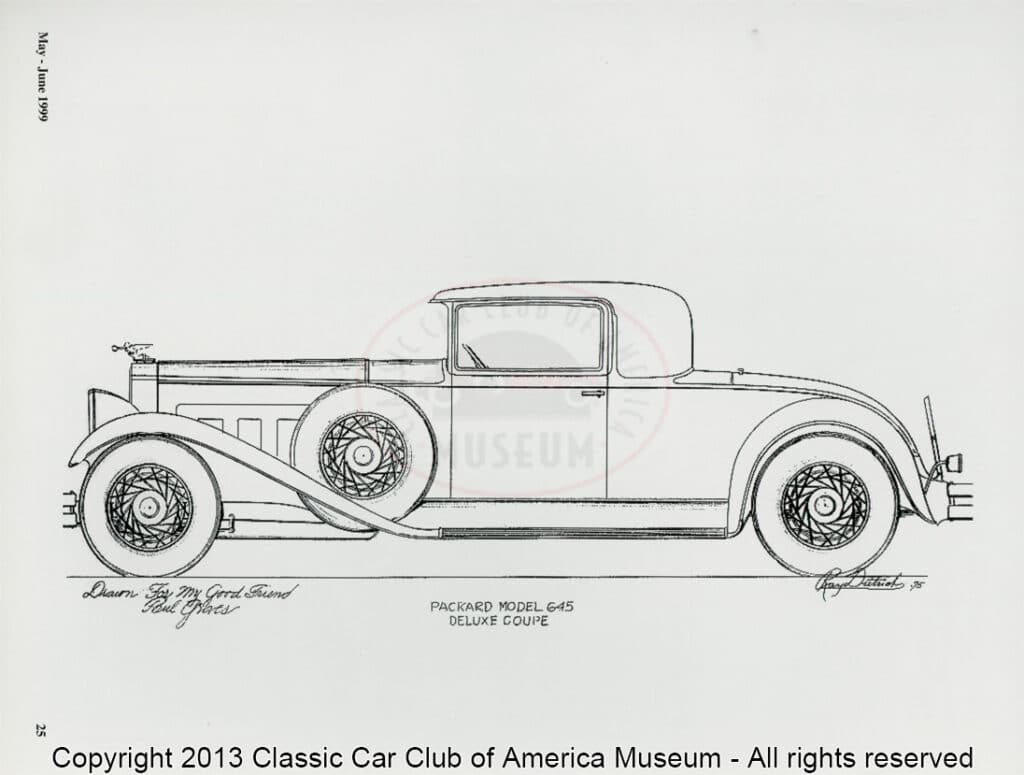
The blueprint of the 1929 Packard Six shows detailed technical drawings of this classic car. It highlights the shape and design of the body, engine parts, and chassis. These drawings were used to guide the building and repairs of the car.
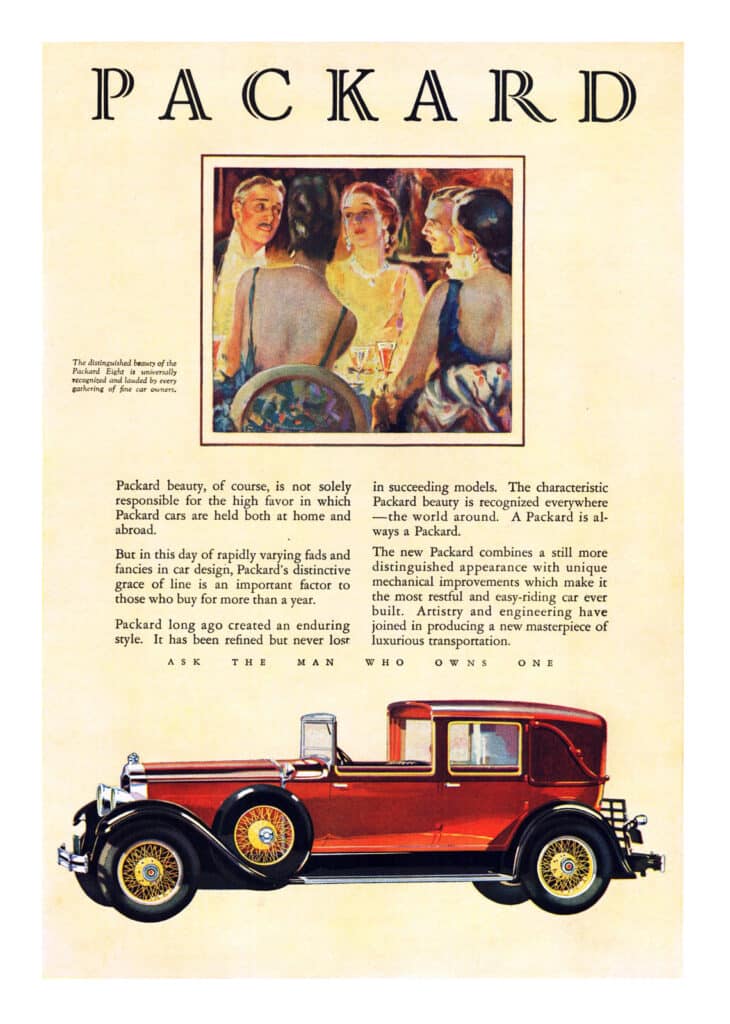
This particular Packard model is known for its strong inline six-cylinder engine. The blueprint clearly maps out how the engine fits into the frame and connects to other systems.
People who love vintage cars find these blueprints useful. They help experts restore old Packard Six cars to their original condition, keeping the car’s history alive.
The drawing also shows the elegant curves and proportions that made the Packard Six popular in its time. It’s a great example of early car design from the late 1920s.
Overall, the blueprint captures both engineering detail and style. It reveals the care and skill that went into making the Packard Six a reliable and attractive vehicle.
9) Expressive 1948 MG TC Roadster Drawing
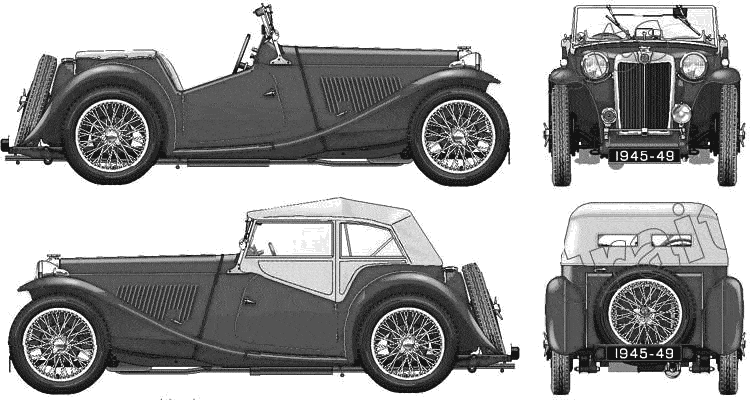
The 1948 MG TC Roadster is a classic car that many artists enjoy drawing. Its simple yet elegant design makes it a popular subject for vintage car art. The drawing captures the car’s rounded fenders and distinctive grille.
Artists often focus on the car’s open-top style, showing off its sporty look. The lines of the drawing are clear and emphasize the car’s shape well. This style helps viewers appreciate the details of the MG TC.
Because of the car’s history, drawings of it often feel nostalgic. They remind people of the post-war era when sports cars like the MG TC became very popular. Many vintage car fans see this drawing as a way to remember that time.
10) Sepia-Toned 1932 Auburn Boattail Sketch
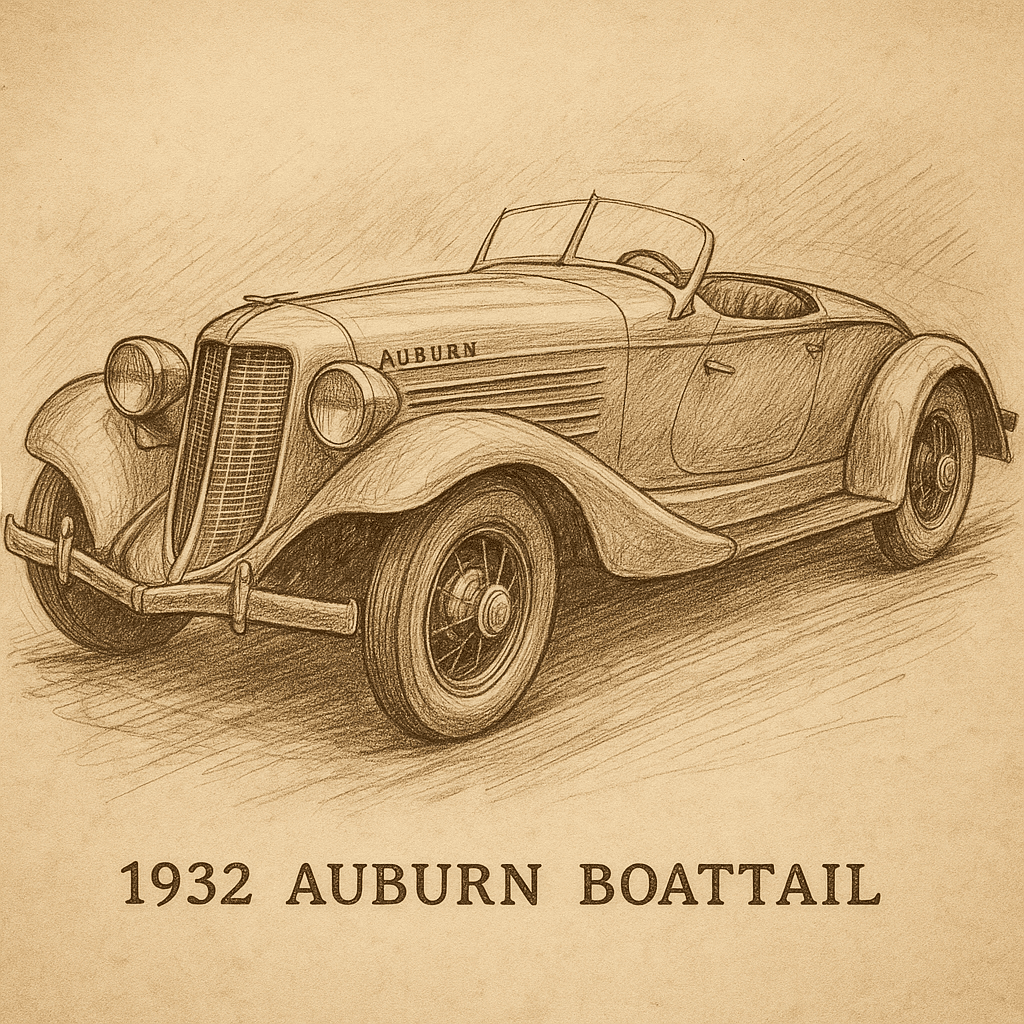
The sketch shows a 1932 Auburn Boattail Speedster in a warm sepia tone. This color gives the drawing a vintage feel, matching the car’s classic era. The Boattail design is clear, with its long hood and elegant tapered back.
The Auburn Boattail was known for its striking Art Deco style. The sketch captures the streamlined shape and the smooth, flowing lines that made the car popular. It highlights the tight cockpit and the raked windshield.
This car had a powerful V-12 engine. The sketch hints at the size of the hood, which housed the engine. The artist also includes details like the thin tires and stylish chrome elements.
Overall, the sepia tone adds to the nostalgic mood of the drawing. It reminds viewers of the 1930s style and the luxury of classic cars like the Auburn Boattail. The sketch is both a tribute and a glimpse into automotive history.
11) Impressionist Style 1947 Ford Woody Wagon
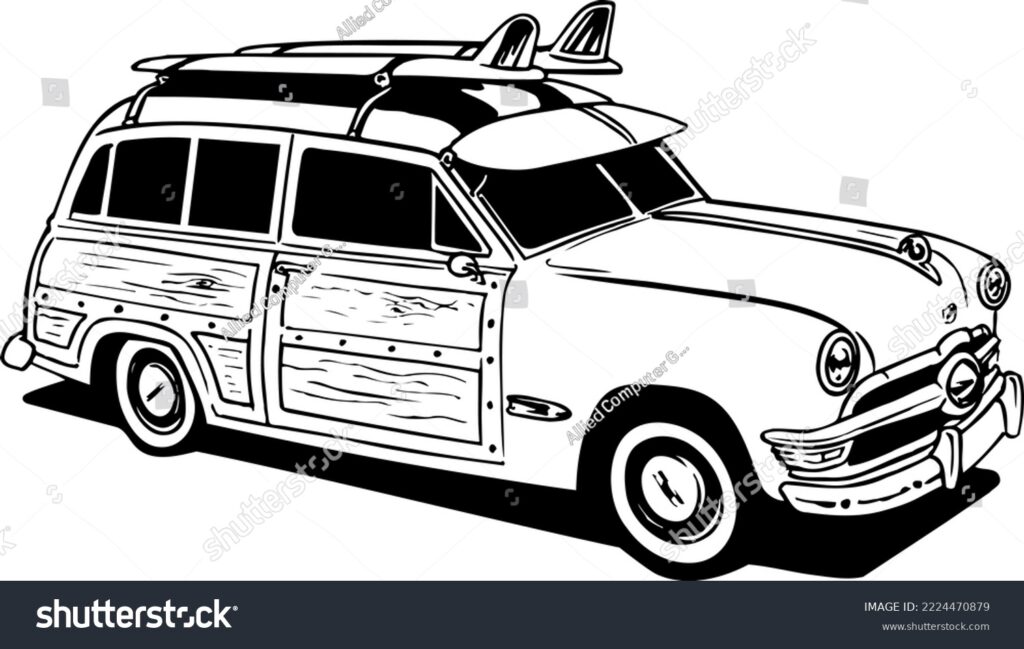
The 1947 Ford Woody Wagon is a classic car often admired for its wood-paneled body and vintage charm. When drawn in an impressionist style, the artist focuses on capturing the feeling of the car rather than every detail.
This style uses loose brushstrokes and soft colors to show light and movement. The impressionist drawing might highlight the shine on the wood and the curves of the car without sharp lines.
Such artwork gives the 1947 Ford Woody Wagon a warm and nostalgic look. It feels like a moment frozen in time, showing the car’s character rather than just its shape.
People who enjoy old cars and art find this style appealing. It brings a fresh, creative view to a well-loved vintage vehicle.
12) Technical Drawing of 1915 Ford Model T
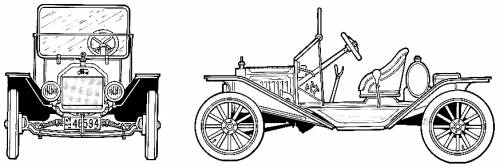
The technical drawing of the 1915 Ford Model T shows the detailed design of this historic car. It focuses on key parts like the engine, chassis, and transmission.
These drawings helped mechanics understand how to build and fix the car. They show each part’s size and shape clearly. The drawings often include notes on how parts fit together.
The 1915 Model T was one of the most popular early cars. Its design made it simple to repair, which the drawings helped explain.
Today, these drawings are valuable for collectors and restorers. They provide an accurate look at how the car was originally made.
They also include views from different angles. This lets people see small details that might be hard to understand from just looking at the car.
13) Stylized 1955 Porsche 356 Illustration
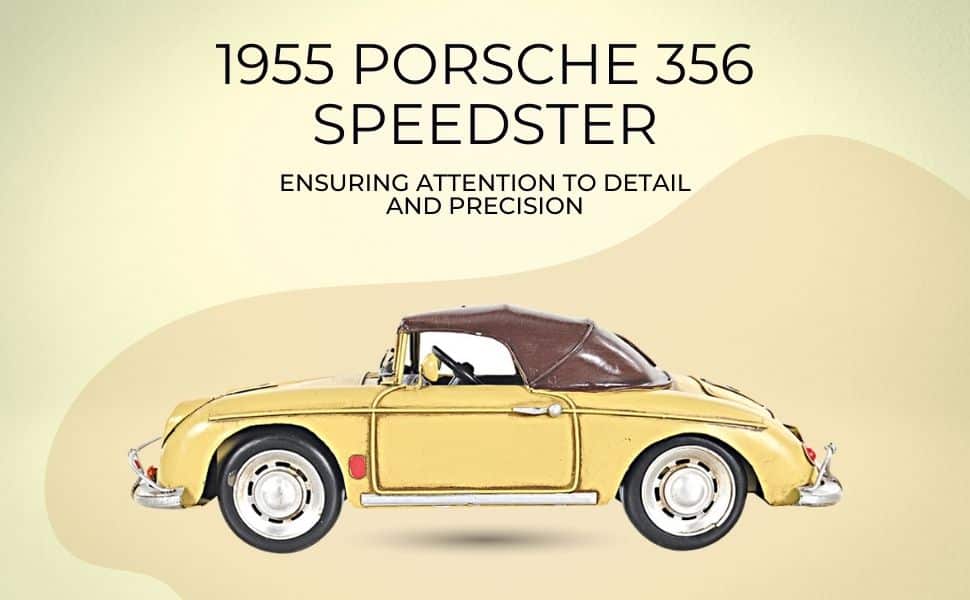
This drawing shows the 1955 Porsche 356 in a simple but stylish way. It captures the car’s smooth curves and classic shape. The lines are clear and neat, making it easy to see the car’s vintage charm.
The illustration uses limited colors, often sticking to black, white, or soft tones. This keeps the focus on the car’s form rather than on many details. Such a style makes the design feel elegant and timeless.
People who like vintage cars enjoy this kind of artwork because it highlights the beauty of the Porsche 356 without too much complexity. It works well as a decoration in homes or offices, especially for classic car fans.
Many versions of this illustration are available as prints, posters, or digital downloads. They often come with guarantees or fast shipping, making them easy to collect or gift.
14) Mid-Century 1963 Corvette Stingray Sketch
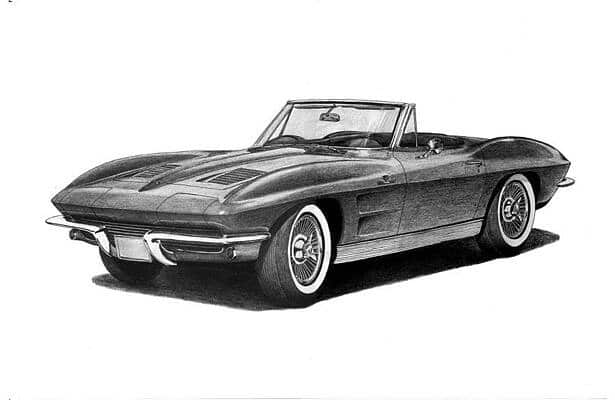
The 1963 Corvette Stingray is a popular subject for vintage car drawings. Artists often focus on its iconic shape and sharp lines. The Stingray’s split rear window makes it instantly recognizable.
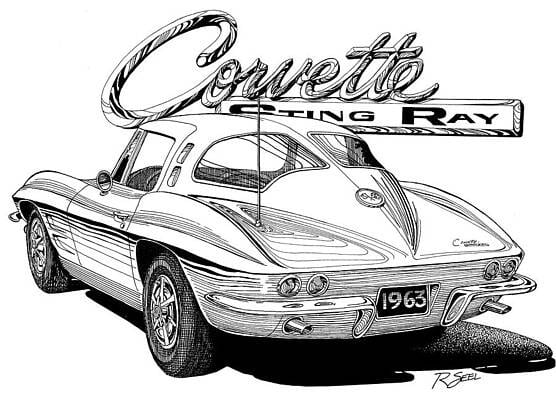
Sketches usually highlight the smooth curves and muscle car details. Many drawings use simple black and white ink to show the car’s form. Others add color with markers to bring the car to life on paper.
This car represents a key moment in automotive design from the mid-20th century. Its style captures the spirit of that era in American car culture. Artists who draw the 1963 Corvette Stingray aim to show both beauty and power in their work.
Collectors and car fans enjoy these sketches because they capture the classic look without needing a real car. These drawings often appear in art shops and online galleries. Many artists share their work for those who love vintage muscle cars.
15) Detailed Ink Drawing of 1939 Lincoln Zephyr
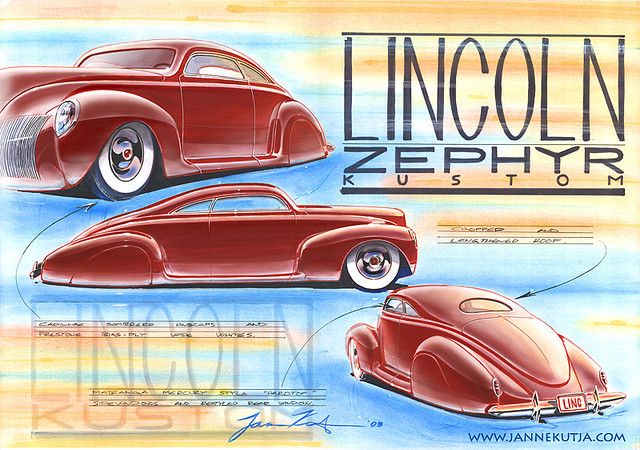
The detailed ink drawing of the 1939 Lincoln Zephyr shows the car’s sleek and smooth design. The artist uses fine lines to capture the car’s rounded edges and classic shape. This style highlights the Zephyr’s unique look from that era.
The 1939 Lincoln Zephyr was known for its aerodynamic body and graceful curves. The drawing focuses on these features, making the car appear both elegant and powerful. It also shows details like the grille, headlights, and wheel shapes clearly.
This drawing is a great example of how artists can bring vintage cars to life using simple tools like ink pens. It helps viewers appreciate the design of the Lincoln Zephyr without any color distractions. This kind of artwork fits well in collections of classic car art.
16) Watercolor 1941 Buick Super Roadmaster
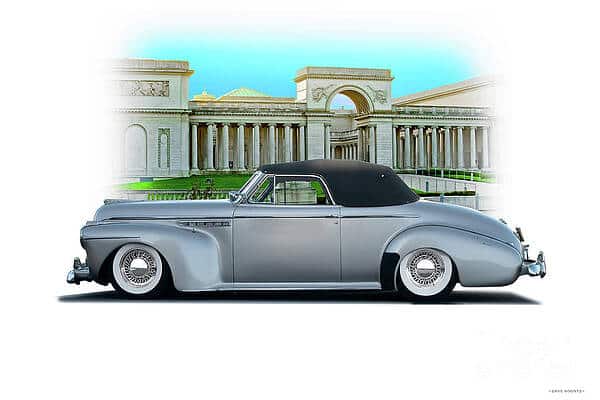
This watercolor drawing shows the 1941 Buick Super Roadmaster in soft, gentle colors. The artist captures the car’s smooth curves and classic design with light brush strokes. The painting gives the car a calm and elegant look.
The 1941 Buick Super Roadmaster was known for its luxury and style. The watercolor art reflects these qualities by focusing on its big grille and rounded body.
The use of watercolor makes the car look timeless and delicate. It highlights details like the headlights and chrome trim without making the image too sharp or busy.
This artwork is a good choice for anyone who loves classic cars and wishes to see them in an artistic, peaceful way. It feels like a quiet tribute to the beauty of old American automobiles.
17) Line Art of a 1928 Duesenberg Model J
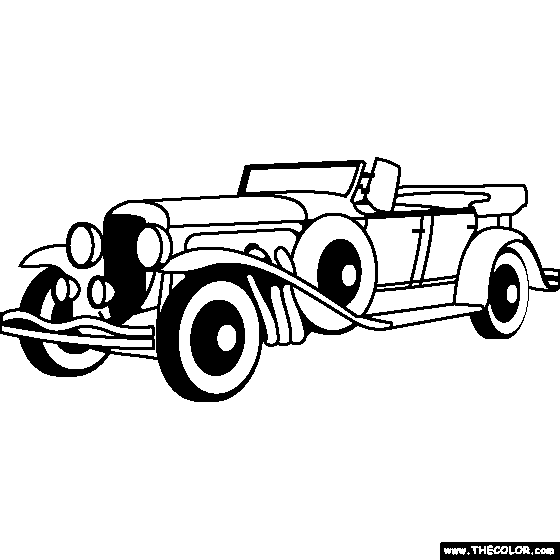
The 1928 Duesenberg Model J is a classic luxury car known for its strong performance and elegant design. Artists often capture its smooth lines and detailed features using line art, which highlights the car’s shape without adding color.
Line art focuses on the car’s outline and key details, like the large grille and rounded fenders. This style allows viewers to appreciate the craftsmanship behind the vehicle’s design in a simple, clean way.
This particular model was made just before the Great Depression and stood out for its power and style. Line drawings of the Model J help show why it remains a popular subject for vintage car lovers and artists alike.
Overall, line art of the Duesenberg Model J emphasizes the classic beauty and design that made the car special. It’s a way to enjoy the car’s history through artistic simplicity.
18) Charcoal 1953 Citroën Traction Avant
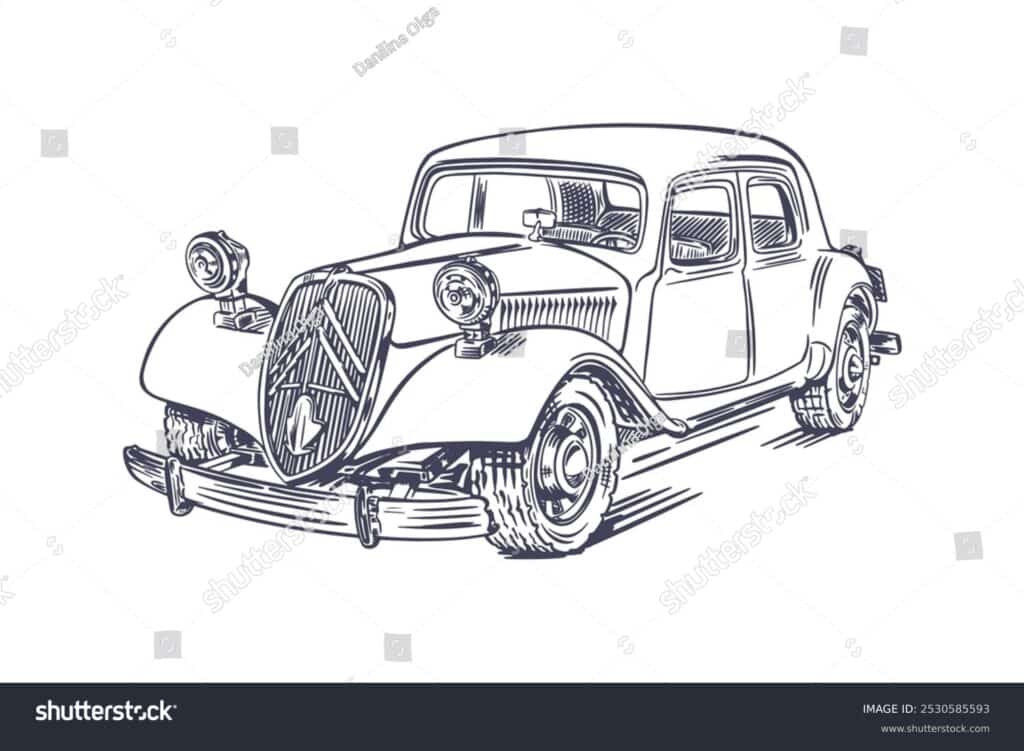
The charcoal drawing shows the 1953 Citroën Traction Avant with clear lines and shaded details. It captures the car’s unique design, highlighting its smooth curves and classic style.
The Traction Avant was known for its front-wheel drive, which was quite advanced at the time. The drawing focuses on this model’s elegance while showing some of its mechanical parts softly in the background.
This artwork reflects the charm of the mid-century car, mixing artistic shading with simple shapes. It is a nice tribute to a vehicle loved by many vintage car fans and collectors.
19) Pen Sketch of 1937 Alfa Romeo 8C
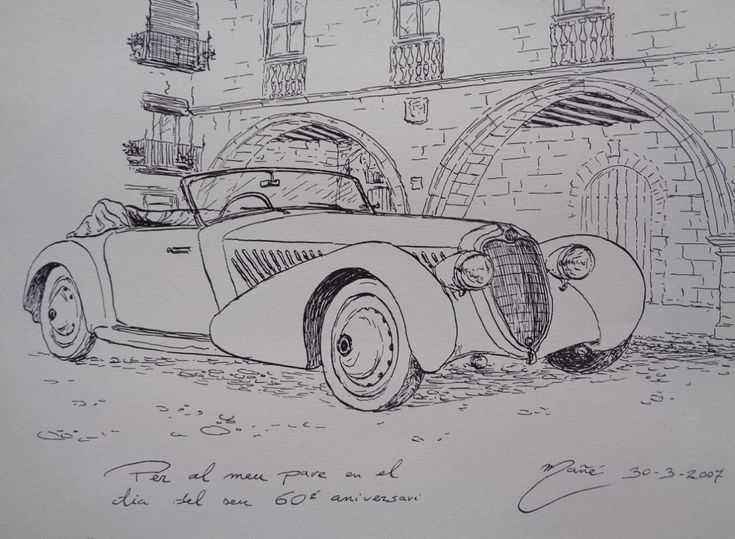
The pen sketch of the 1937 Alfa Romeo 8C captures the car’s sleek and classic design. It shows the smooth curves and key features that made this model stand out in its time.
This drawing is done with fine lines, using marker pens or ink. The detail highlights the car’s profile, including the long hood and rounded fenders.
Artists and car lovers appreciate these sketches because they bring out the beauty of vintage automobiles without color. The simplicity of the pen lines lets the shape and form of the Alfa Romeo shine.
These drawings are often used as references for restoration or to inspire new designs. They keep the history of cars like the 8C alive by showing the original look with exact detail.
20) Art Deco Inspired 1927 Stutz Bearcat
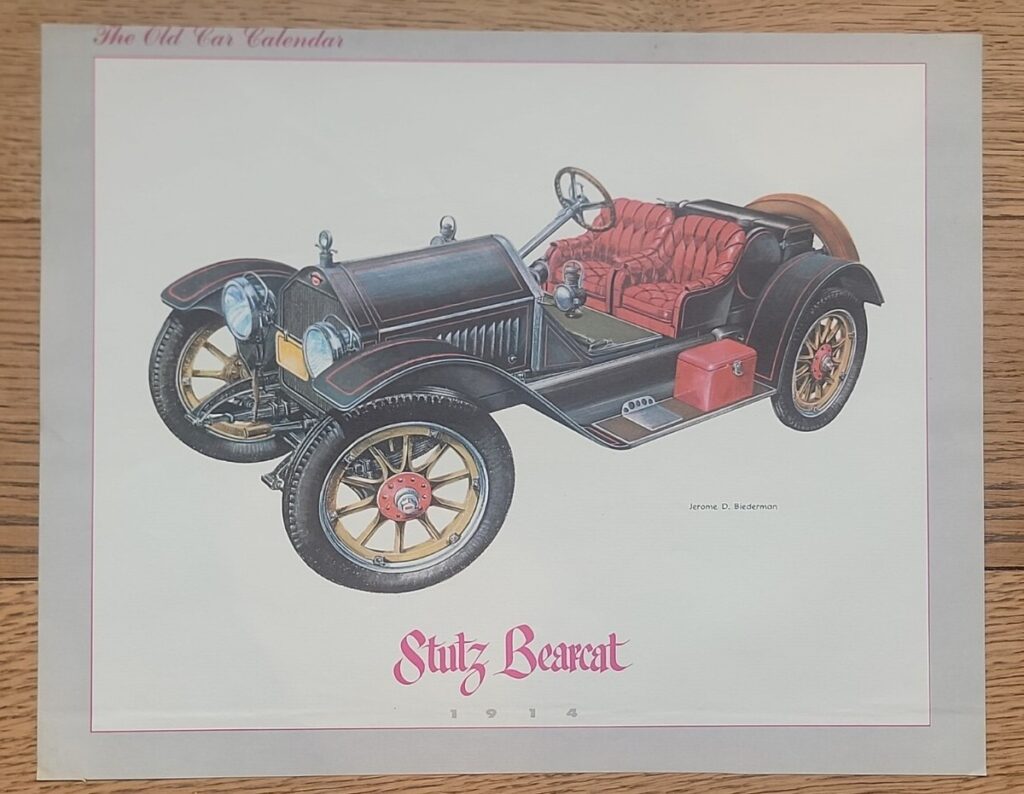
The 1927 Stutz Bearcat is a great example of Art Deco style in vintage cars. It shows clean lines and simple curves that make it look both elegant and sporty. This design matches the creative spirit of the 1920s.
The Bearcat was known for strong performance too. It followed earlier models that had made a name in racing. The 1927 version kept that legacy, combining style and speed.
People still admire the 1927 Bearcat today. Its look captures a moment when cars were not just machines but pieces of art. This makes it a favorite subject in vintage car drawings and collections.
Artistic Techniques Used in Vintage Automobile Drawings
Creating vintage car drawings involves using specific tools and styles that bring out the unique shapes and details of classic vehicles. Artists focus on materials that allow for fine lines and shading. They also choose styles that capture the elegance and character of older cars.
Common Materials and Tools
Pencils are the main tool for vintage car drawings. Artists often start with light graphite pencils to sketch basic shapes. Then, they use softer pencils to add darker lines and shading. This helps create depth and texture.
Charcoal and ink are also popular. Charcoal gives a rich, bold look, while ink offers clean, sharp lines. For color, watercolors or colored pencils can be used to add subtle highlights without overpowering the drawing.
Paper choice matters too. A smooth surface helps capture fine details, while textured paper can add character. Many artists prefer heavyweight sketch paper to reduce smudging and hold detailed work well.
Popular Drawing Styles
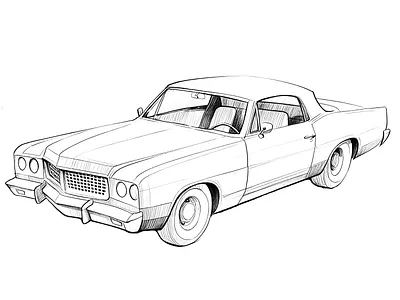
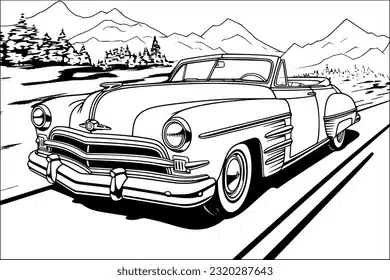
Realism is the most common style. It focuses on accurate shapes, reflections, and light sources to make the car look lifelike. Artists pay close attention to details like chrome parts, tires, and body curves.
Sketch style is looser and less detailed. It captures the essence of the car with fewer lines and softer edges. This style is often used for quick studies or when showing movement.
Some artists use a vintage effect by adding sepia tones or aged paper backgrounds, enhancing the nostalgic feel. Combining these techniques helps highlight the classic appeal of vintage automobiles.
Tips for Displaying and Preserving Vintage Automobile Artwork
Displaying vintage automobile drawings properly helps keep them safe and looking great. Using the right frame and protecting the artwork from light and moisture are key to preservation. Small steps can stop fading and damage over time.
Best Framing Practices
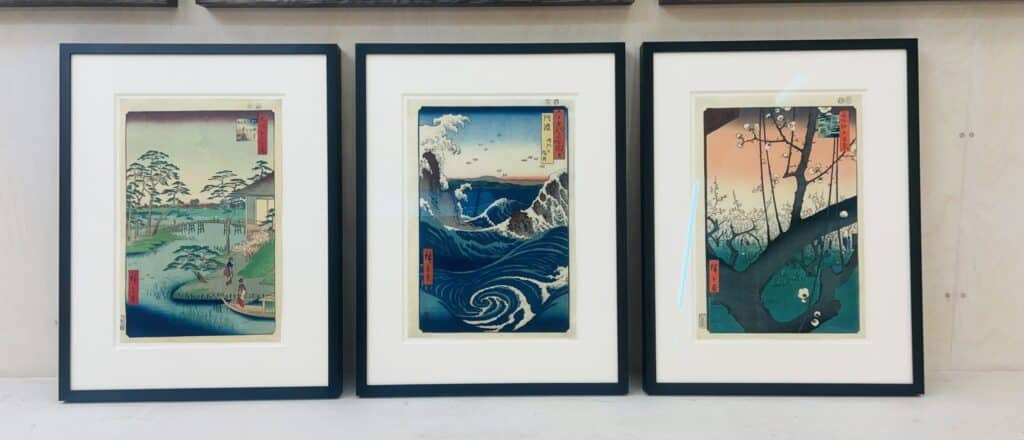
Choosing a sturdy frame with UV-protective glass is important. This glass blocks harmful sunlight that can fade colors. Acid-free mats and backing help prevent yellowing and paper damage.
Frames should be sealed well to keep out dust and insects. It’s better to use materials labeled “archival quality.” Avoid direct contact between the glass and artwork by using a mat or spacer.
The frame size should fit the drawing without bending or crowding the edges. Hanging artwork away from windows and heat sources like radiators also helps maintain its condition.
Protecting Against Fading and Damage
Light exposure causes most fading, so placing drawings in dim or indirect light works best. LED lights are safer than bulbs that get hot or emit UV rays.
Controlling humidity is key. Too much moisture can cause mold or warping, while very dry air can make paper brittle. Ideal humidity is around 40-50%.
Keep artwork away from rapid temperature changes. Using a room with steady climate and avoiding direct sunlight greatly reduces risk. Regular checks for damage or dirt also keep vintage drawings in top shape.
- 178shares
- Facebook0
- Pinterest175
- Twitter3
- Reddit0
